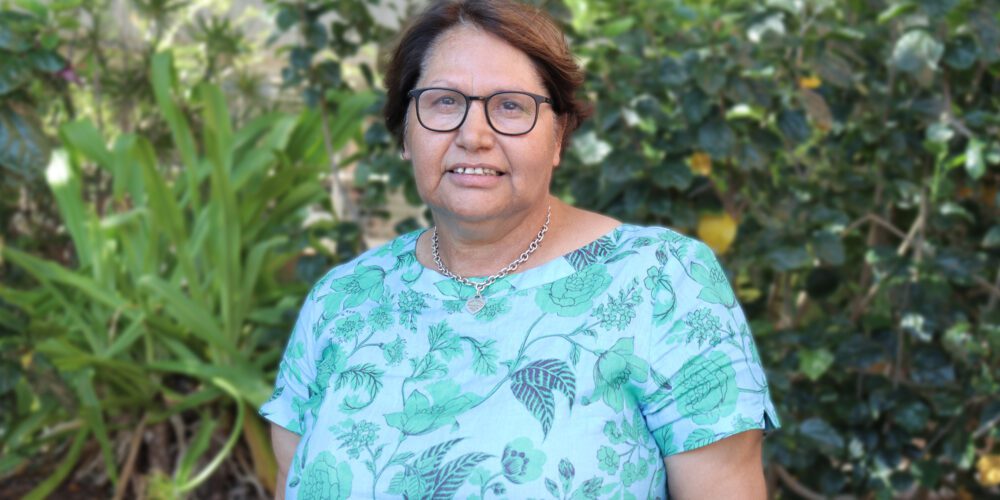3D technology finds tiny medical clues in children’s faces

Curtin University researchers are leading an innovative project that uses spatial technologies such as 3D mapping to analyse subtle facial features in children in order to help identify underlying medical conditions such as rare diseases.
The Cliniface project aims to assist clinical diagnosis, drug treatment monitoring and clinical trials by using accurate and reliable 3D facial image visualisation and analysis methods.
Research Fellow Dr Richard Palmer, from the Discipline of Spatial Sciences at Curtin’s School of Earth and Planetary Sciences, said rare diseases were estimated to affect about 63,000 children in Western Australia alone and obtaining an early and accurate diagnosis was an unmet need.
“The shape and growth of the face is a window into a person’s health and this technology is especially suited to younger patients where conditions can be discovered through tell-tale variations in the development of facial features,” Dr Palmer said.
“This technology unobtrusively takes highly accurate measurements from a 3D image of a face and analyses them in seconds to help detect latent medical issues.
“Assessing whether a face has grown in a way that might be due to an underlying rare condition in childhood is when this tool is most useful, meaning it speeds up the diagnosis and resulting medical intervention.”
Cliniface project manager Dr Petra Helmholz, also from the Discipline of Spatial Sciences at Curtin’s School of Earth and Planetary Sciences, said the Cliniface project was also seeking to unlock the power of 3D facial images of Indigenous children and newborns to enable a more efficient diagnosis of rare diseases.
“The project has already attracted considerable interest from clinicians and institutes in Australia and overseas including in the US, Europe and India,” Dr Helmholz said.
“The latest version of the Cliniface application was recently released and includes new facial measurements that allows clinicians to generate PDF reports for clinicians highlighting which facial traits of potential medical relevance have been detected.”
The Cliniface project is a partnership between Curtin University, FrontierSI (formerly the Cooperative Research Centre for Spatial Information), the Department of Health Western Australia, the Perth Children’s Hospital Foundation, the Undiagnosed Diseases Program WA and Linear Clinical Research.
The application is free and open source and can be downloaded for both Windows and Linux from the Cliniface website.



